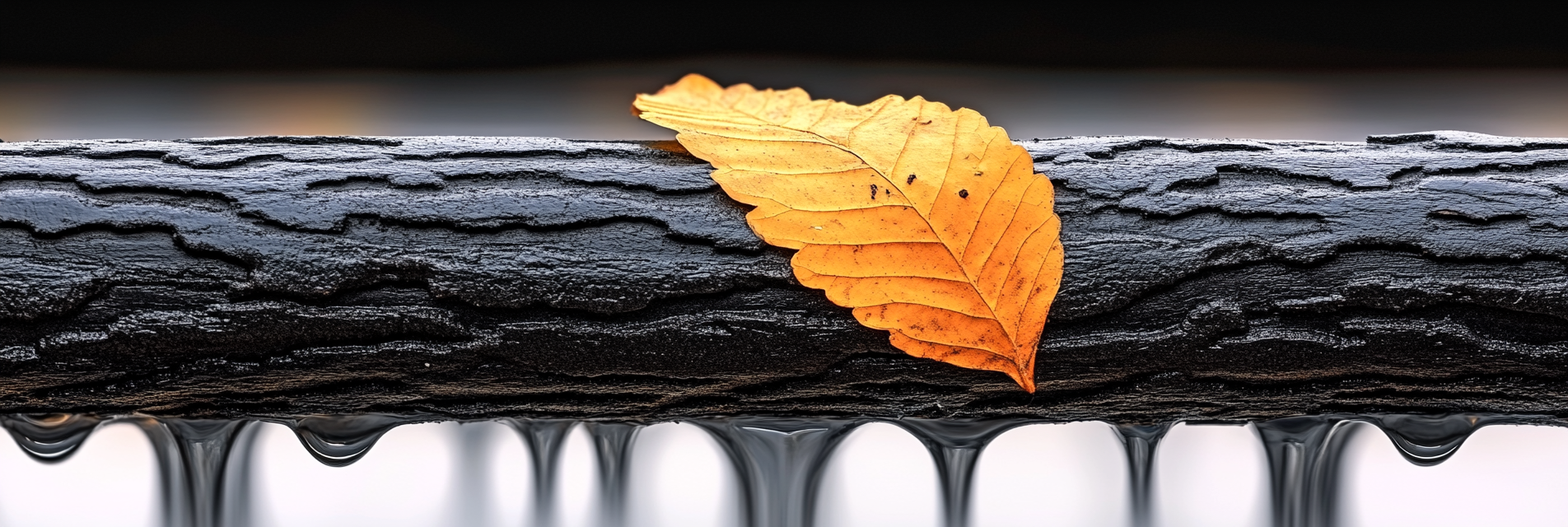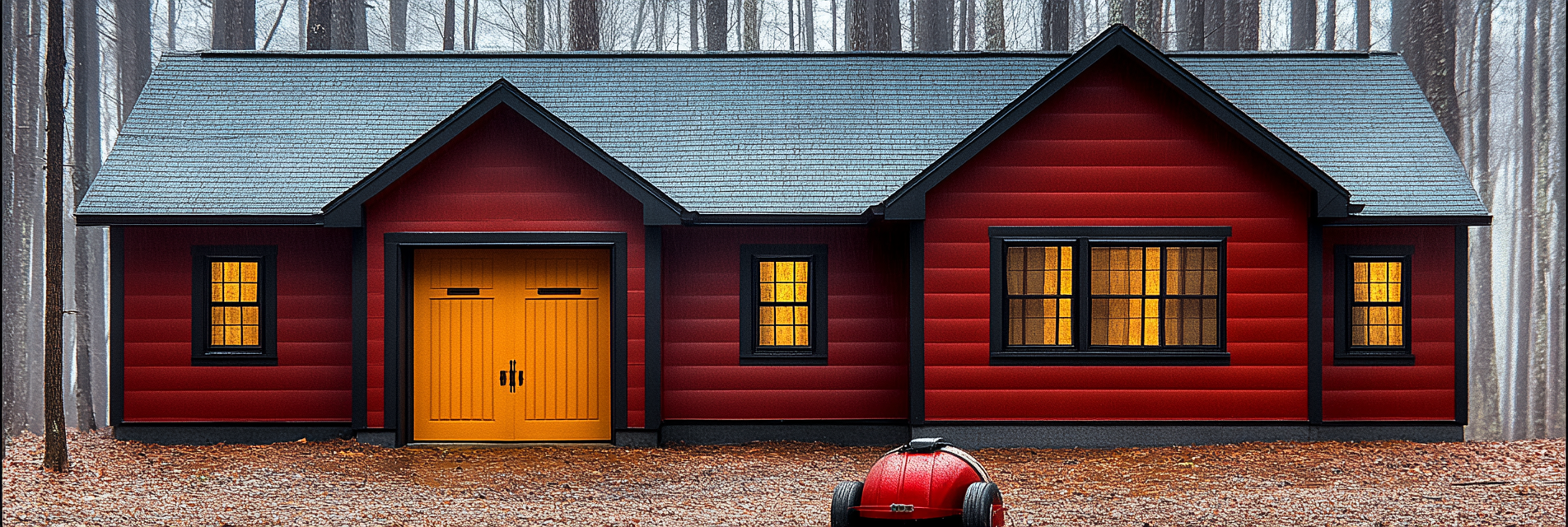Wildfires can spread quickly and pose serious threats to homes and communities. Preparing in advance helps safeguard your property, reduce fire risks, and protect your loved ones. This article provides comprehensive steps for wildfire preparedness, from creating defensible space to ensuring safety during evacuation.
1. Create Defensible Space Around Your Home
Defensible space helps reduce the spread of wildfire to your home and provides firefighters with a safer area to work.
Clear Vegetation: Remove dead plants, leaves, and other flammable materials within at least 30 feet of your home. Trim tree branches so they are at least 10 feet away from your roof and chimney. Space Trees and Shrubs: Ensure trees and shrubs are spaced at least 10 feet apart to prevent the rapid spread of fire. Use Fire-Resistant Plants: Consider planting fire-resistant plants such as lavender or sage, which have high moisture content and low flammability.
2. Strengthen Your Home’s Structure
Using fire-resistant materials can help protect your home during a wildfire.
Upgrade Your Roof: Use Class A fire-rated roofing materials, such as metal, clay tiles, or asphalt shingles. Install Ember-Resistant Vents: Use mesh screens (1/8 inch or smaller) over attic and foundation vents to prevent embers from entering. Seal Gaps: Seal any gaps in your roof, walls, and around windows to prevent embers from entering your home.
3. Prepare an Emergency Go-Bag
A go-bag ensures that your family is ready for quick evacuation if needed.
Include Essentials: Pack water, non-perishable food, a flashlight, batteries, a first aid kit, and prescription medications. Important Documents: Include copies of insurance policies, identification, and other essential documents in a waterproof container. Personal Items: Pack clothes, toiletries, and supplies for pets if applicable.
Product Tip: The Go Time Gear Life Tent is a lightweight, compact emergency shelter that can be added to your go-bag.
4. Maintain Your Property
Regular maintenance can help reduce fire hazards.
Clean Gutters: Clear out leaves, pine needles, and other debris from gutters and roofs. Mow the Lawn: Keep your lawn mowed and watered, especially during dry weather. Store Firewood Safely: Store firewood at least 30 feet away from your home and other structures.
5. Plan for Evacuation
Having a clear evacuation plan ensures your family knows what to do in an emergency.
Map Out Routes: Identify at least two evacuation routes from your home and practice them with your family. Designate a Meeting Point: Choose a safe location where your family can meet if separated. Plan for Pets and Livestock: Have carriers, food, and water ready for pets and make a plan for livestock evacuation if applicable.
6. Monitor Fire Alerts and Weather Conditions
Staying informed helps you act quickly in case of a wildfire.
Sign Up for Alerts: Register for local emergency alerts and weather notifications through government or meteorological apps. Keep a NOAA Weather Radio: A battery-operated weather radio provides updates even during power outages.
7. Equip Your Home with Fire Safety Tools
Fire safety tools can help you act fast if a fire threatens your home.
Keep Fire Extinguishers Handy: Have ABC-rated fire extinguishers in key areas of your home, such as the kitchen and garage. Install Outdoor Hoses: Ensure you have long hoses that can reach all parts of your home and property. Store Fire Blankets: Fire blankets can be used to smother small flames or protect yourself in an emergency.
Product Tip: The Leatherman Multi-Tool is versatile for handling emergency tasks during a fire.
8. Prepare for Power Outages
Wildfires can lead to power disruptions, so having a plan is essential.
Backup Power Supply: Use a generator or solar-powered charger to keep essential appliances running. Charge Power Banks: Keep power banks fully charged for mobile phones and small devices. Battery-Operated Lanterns: Use flameless LED lanterns for safe lighting.
Conclusion
Wildfire preparedness involves a comprehensive approach that includes creating defensible space, reinforcing your home, and preparing for evacuation. By following these guidelines, you can help protect your home and family during wildfire season. Paul Lindberg’s Dryer Fire Fighters emphasizes the importance of proactive preparation and staying informed to ensure your household’s safety in Washington state.
Serving the communities of:
Kennewick | Pasco | Richland | West Richland | Finley | Burbank | Benton City | Prosser | Grandview | Connell
As the sole certified dryer exhaust technician recognized by CSIA.org in the Tri-Cities area, Paul brings a wealth of expertise to fire prevention. His primary focus lies in addressing the root cause of many residential fires: lint buildup in dryer cavities and vents. Through rigorous inspections and thorough cleanings, Paul ensures that families and businesses can enjoy peace of mind, knowing their properties are safeguarded against fire risks.









































